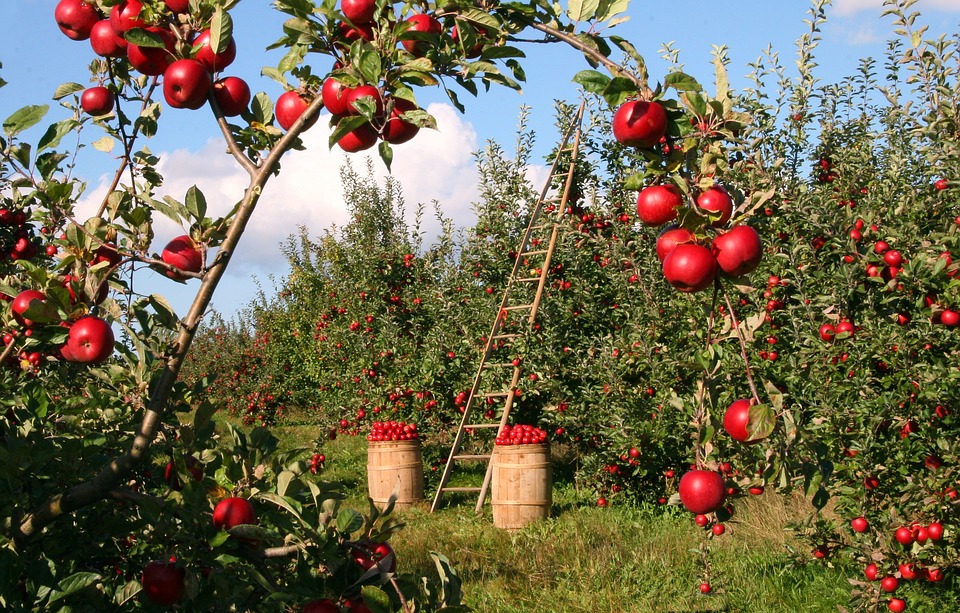Plants regulate their shape (that is, branching) in response to the conditions around them.
Strigolactone (SL) is a recently discovered plant hormone that reduces branching when plants don’t have enough nutrients, particularly phosphorus. SL is made in the roots and transported to the shoot where it is detected by the receptor protein DAD2.
In response to SL, DAD2 binds to at least two other proteins leading to suppression of branch growth (to save resources).
Scientists at Plant & Food Research, Massey University and the University of Auckland have studied how SL changes the DAD2 protein and allows DAD2 to interact with its partner proteins. By making variants of the DAD2 protein that could interact without needing the SL signal they were able to examine the changes in the receptor that allow the signal to be transmitted.
Previous work had shown that the receptor changes shape dramatically when bound to its partners.
Surprisingly, the DAD2 variants showed almost no change in shape. Instead, the study showed that the DAD2 variants become flexible leading to the idea that increased flexibility of DAD2 when it binds SL allows it to be pushed into a new shape as it binds its partner proteins.
The study also showed that each partner protein binds to a separate and distinct region of the DAD2 protein.
Journal Reference
Lee HW, Sharma P, Janssen BJ, Drummond RSM, Luo Z, Hamiaux C, Collier T, Allison JA, Newcomb RD, Snowden KC, 2020 Flexibility of the petunia strigolactone receptor DAD2 promotes its interaction with signaling partners. Journal of Biological Chemistry http://dx.doi.org/10.1074/jbc.RA119.011509
Source: Plant & Food Research












